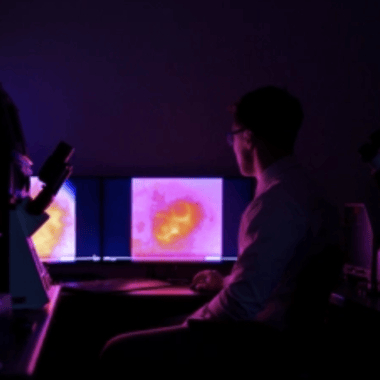Global mycology collaboration thrives at MSU
Longstanding Brazilian partnership expands with Harvard collaboration and plans for Rwandan training center
Michigan State University’s department of Microbiology, Genetics, & Immunology, or MGI, recently hosted 21 medical professionals from Brazil for a weeklong Molecular Mycology Workshop. The event marked the continuation of a decades-long collaboration between MSU and the Instituto Superior de Medicina, or ISMD, a medical training and diagnostics institute based in Minas Gerais, Brazil.
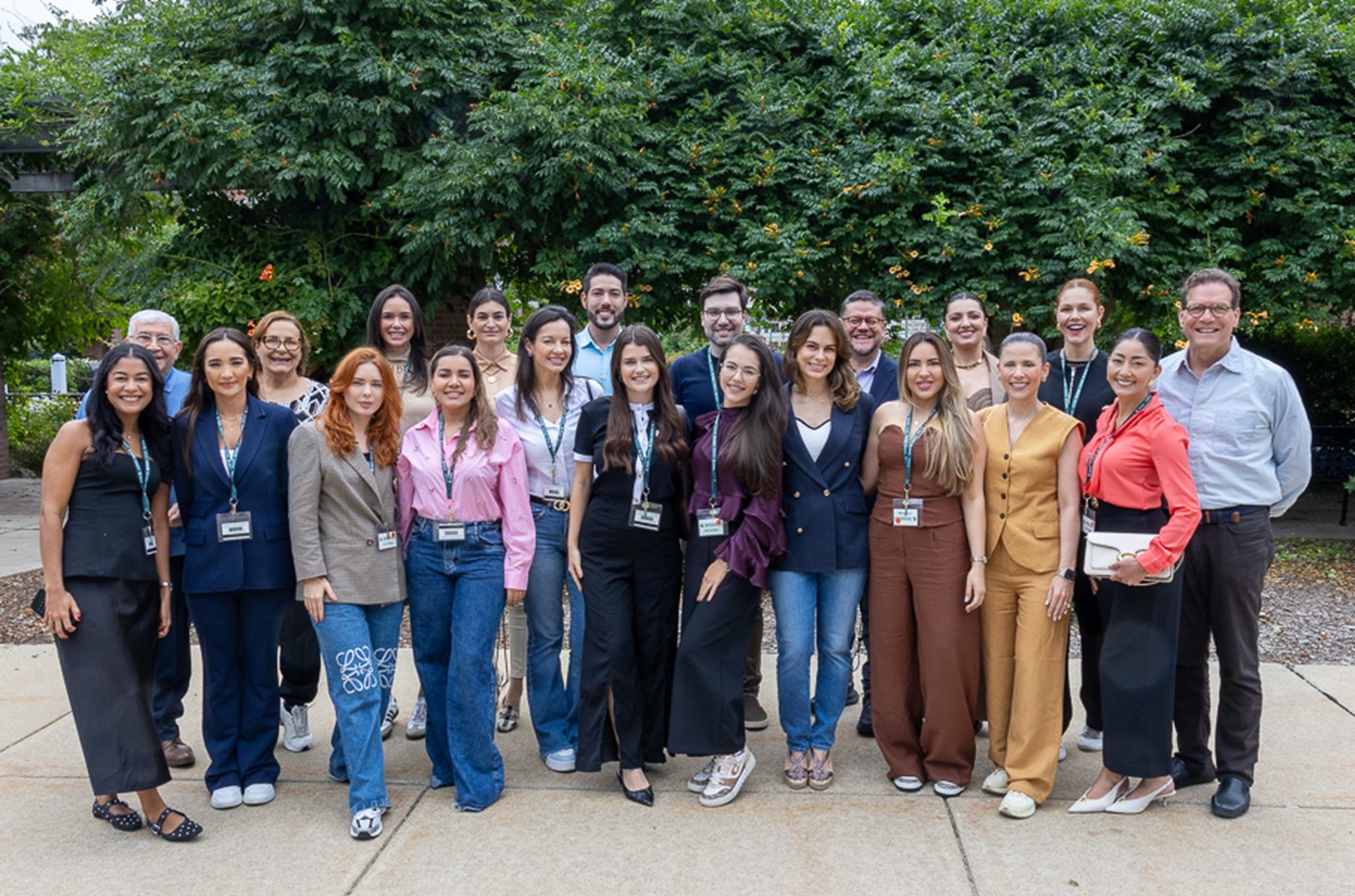
The program was founded in 1998 by MGI Professor Leo Mendoza as a creative way to support research on neglected pathogens through international education.
Initially offered in Spanish to students from across Latin America, the course quickly grew in scope and reputation.
“We were teaching international professionals at MSU and in a different language—which is wonderful!” said Mendoza.
In the early 2000s, a fortuitous introduction changed the future of the program.
At the time, Mendoza was starting to research a fungal pathogen known then as Lacazia loboi, which was of particular significance in Brazil, and he was searching for a collaborator to join the project. (The work subsequently led to the renaming of the agent into two separate species, known currently as Paracoccidioiddes ceti and Paracoccidioideas lobogerogii). A mutual colleague introduced him to Raquel Vilela—then a pharmacist with a growing interest in fungal infections—who was eager to get involved. Recognizing their shared interests, Mendoza offered to co-advise her Ph.D., which she completed through a joint program between her home institution in Brazil and MSU.
As the course was gaining momentum, Vilela became increasingly involved. In 2003, when Mendoza’s son’s college graduation coincided with the course schedule, Vilela offered to teach in his absence. Upon his return, Mendoza was so impressed by the innovations she had introduced that he invited her to co-direct the program. After graduating with her Ph.D., Vilela went on to earn her MD and subsequently founded the ISMD, which she currently directs.
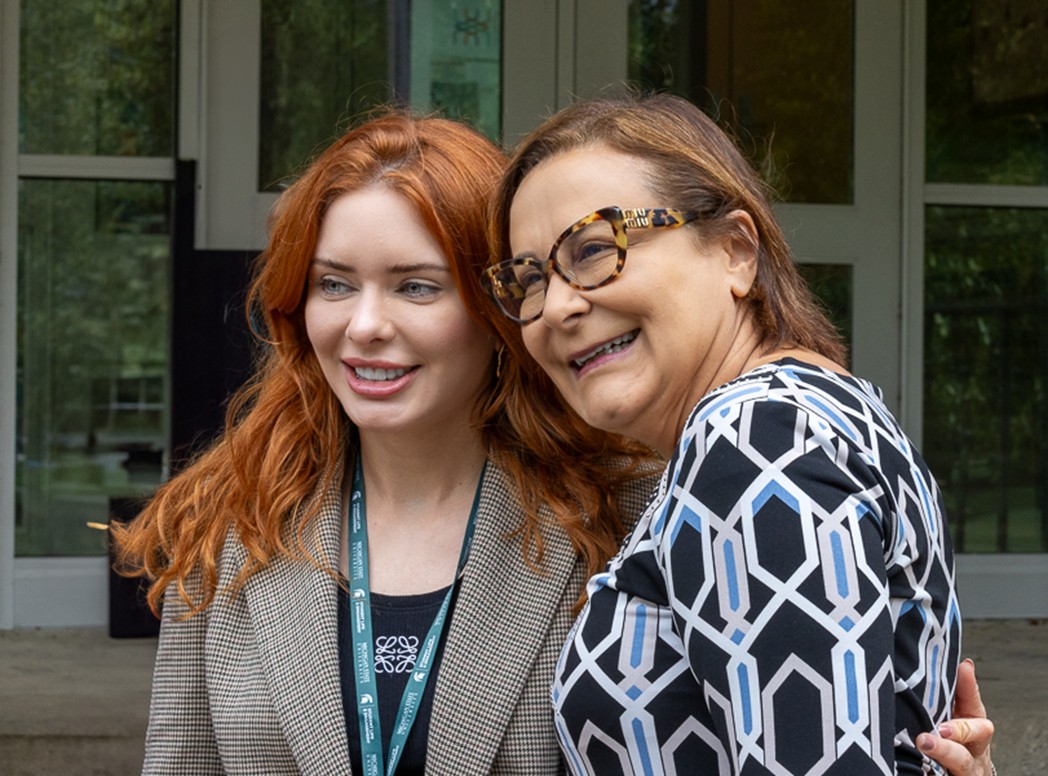
Over the years, the course has not only seen changes in leadership but has also adapted its content to keep pace with advances in molecular diagnostics.
In its early days, students learned to isolate DNA from fungi and bacteria, run gels, perform PCR and clone DNA into E. coli. But as molecular biology techniques advanced, the curriculum shifted to focus on real-time PCR and diagnostic interpretation—skills that are increasingly essential for clinicians working with infectious diseases.
“MDs usually will say to do a PCR, but they don’t know how sensitive or specific they are or the limitations of the techniques. So, we teach them that,” said Mendoza.
Today, the course is designed specifically for practicing medical doctors from Brazil who are seeking advanced training in molecular diagnostics and pathology. The program includes morning lectures, afternoon lab sessions and evening discussions, all hosted on MSU’s campus and conducted in Spanish and Portuguese. Participants are housed in Owen Hall, a tradition that dates back to the course’s earliest years.
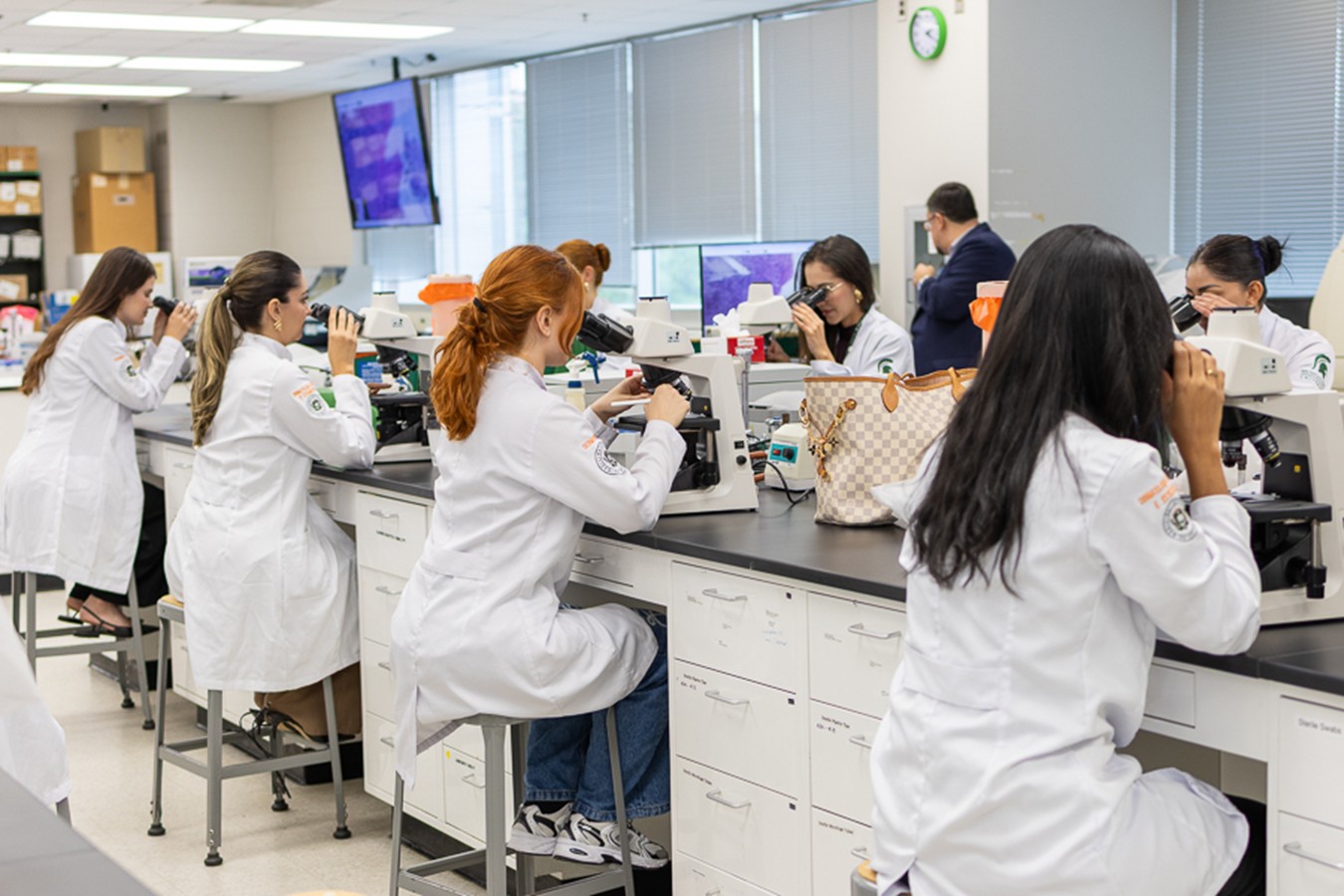
Soon, they hope to introduce another innovation—sending students from MSU to Brazil to study tropical diseases.
The course’s newest contributor is Alvaro Laga, a pathologist at the Harvard Medical School with experience in global health. He teaches sessions on the pathology of skin diseases, including fungal infections and cancers, and is helping to develop a new initiative that will bring the MSU-ISMD model to Rwanda in 2026.
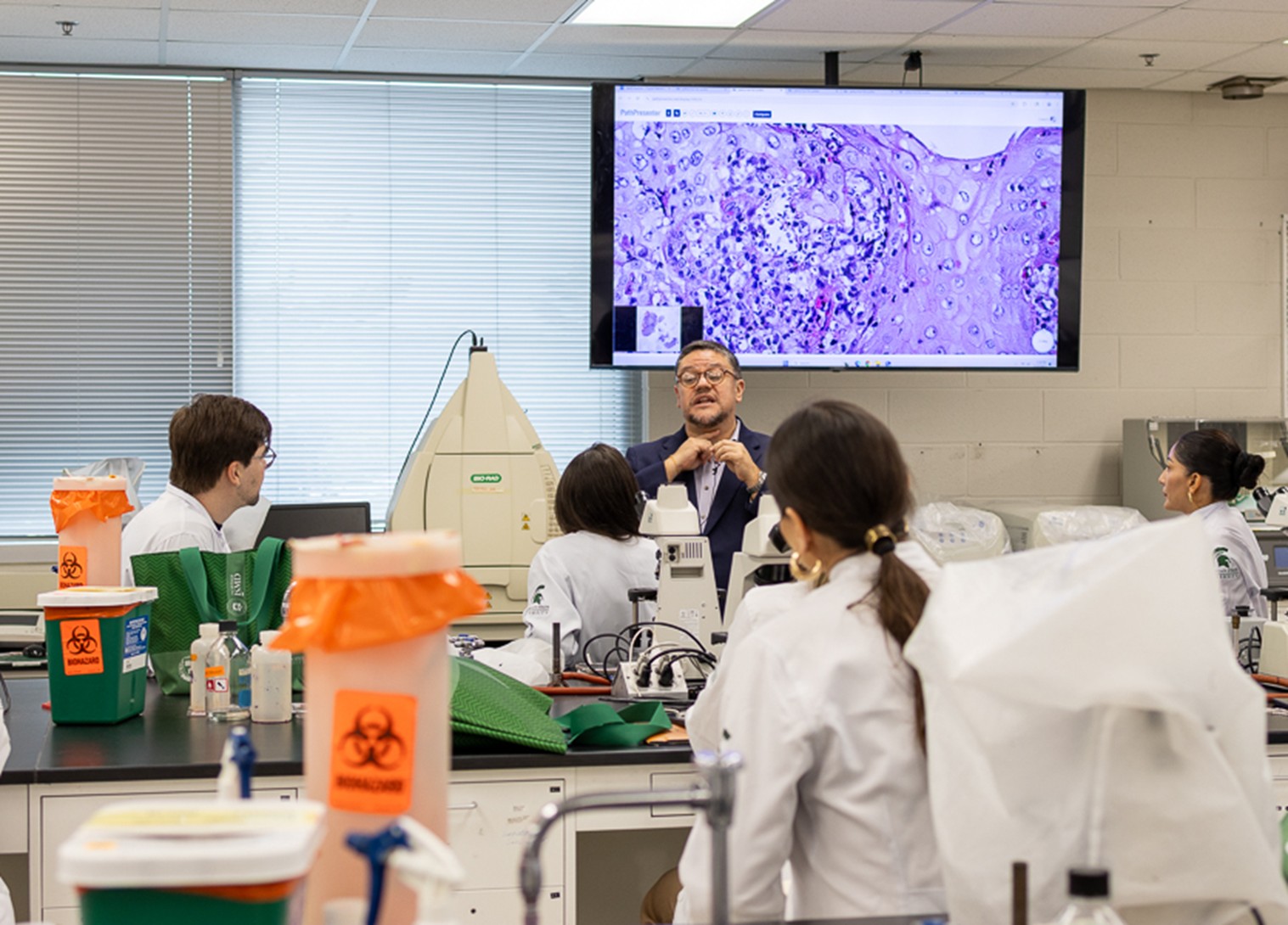
For the past twelve years, Laga has been traveling annually to teach in Rwanda. The students he teaches are medical doctors pursuing specialty training in Anatomic Pathology and Dermatology.
Laga, Mendoza, and Vilela plan to travel together next year to spearhead efforts to establish a mycology laboratory in Rwanda. They will meet with stakeholders such as lab directors, doctors and various hospitals to assess their facilities and available resources.
“The hope would be that there would be opportunities for individuals (from Rwanda) to come and train in mycology in the U.S. and/or Brazil,” said Laga, “and also to establish the foundations of future collaborative research.”
“The importance of this work is that fungal infections are increasing globally due to increased immunosuppressive therapies, natural disasters, or events linked to climate change, etc., and there is no laboratory in Rwanda doing mycologic diagnosis and research,” said Laga. “We (Drs. Mendoza, Vilela and myself) have recently described and published novel fungal pathogens in patients from Rwanda and think this important work could and should be continued and strengthened.”
